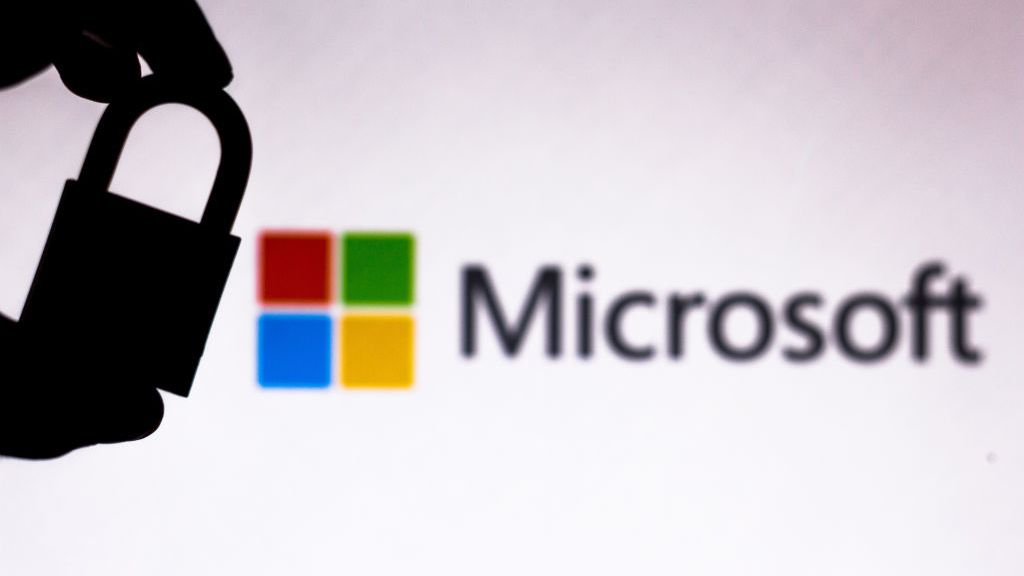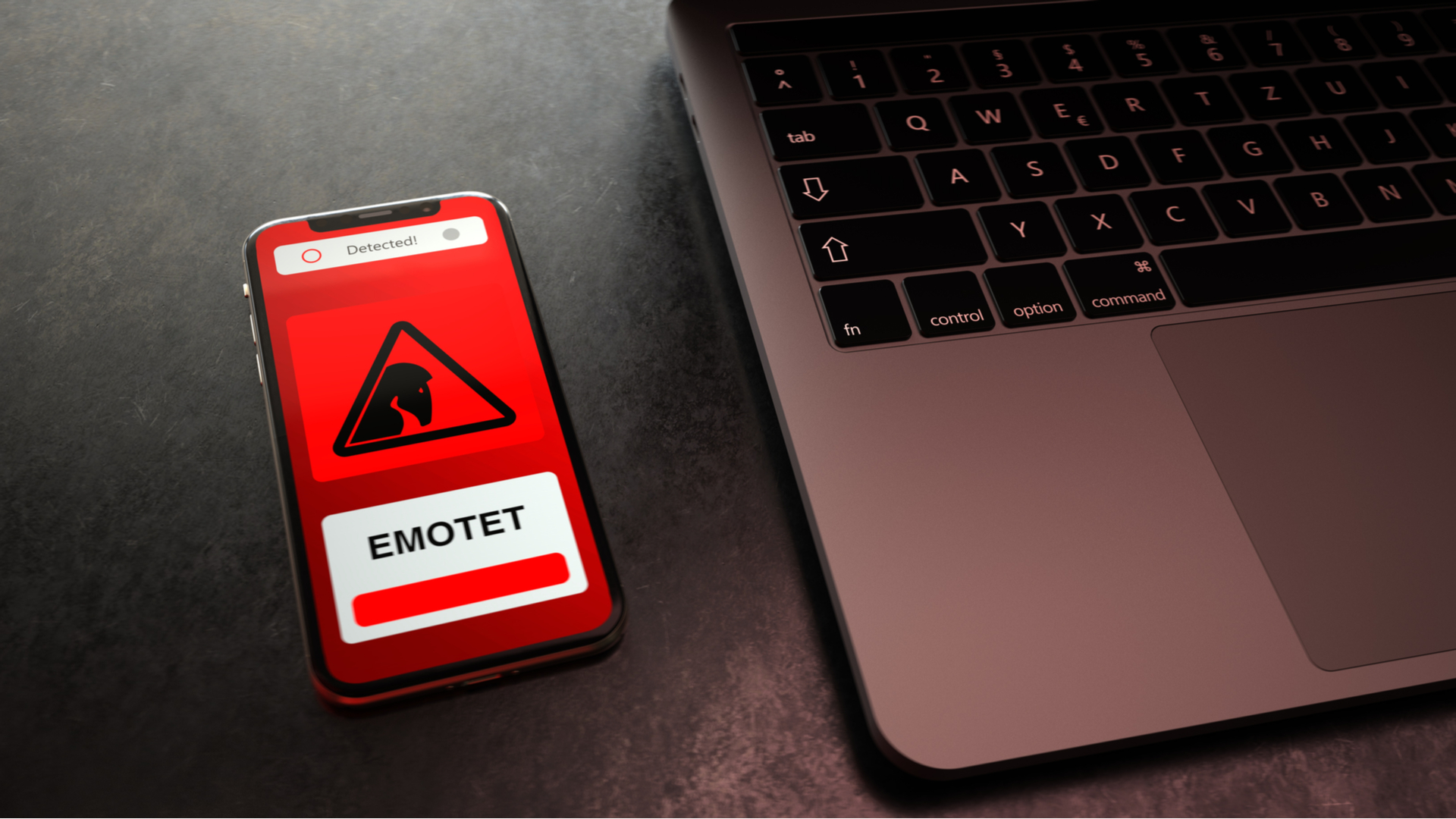The war on botnets
After the major DNS Changer takedown, Tom Brewster looks at how the pendulum has swung in favour of the anti-botnet warriors.


This week saw one of the most significant successes ever in the fight against cyber crime when the DNS Changer botnet was dismantled and seven people were charged.
It followed a slew of botnet takedowns achieved in the past two years alone. It's a good time to be a crime fighter on the internet.
Yet during the eight years between the birth of malicious networks at the turn of the millennium and the decapitation of major botnet-hoster McColo in 2008, the security industry and law enforcement were in the doldrums.
Unable to cooperate efficiently or find a way to counter cyber criminals and their megalithic botnets, they were looking as hopeless as Eeyore on a hangover.
It took far longer for the industry and police forces to find some answers than it did for hackers to up their skills and exponentially increase the sophistication and size of their networks. But answers did nevertheless arrive and since 2008 we've seen just how dramatically the pendulum has swung in the favour of the 'good guys.'
Unable to cooperate efficiently or find a way to counter cyber criminals and their megalithic botnets, they were looking as hopeless as Eeyore on a hangover.
When McColo was shut down, taking with it a tonne of malware and botnet activity, the impact was immediately felt. Spam levels fell by as much as 80 per cent.
Get the ITPro daily newsletter
Sign up today and you will receive a free copy of our Future Focus 2025 report - the leading guidance on AI, cybersecurity and other IT challenges as per 700+ senior executives
Mariposa, which had infected 13 million PCs, and Mega-D were the first major botnets to fall after the McColo operation. Then came Waledac and Bredolab in 2010 bringing down two massively powerful botnets surreptitiously controlling tens of millions of machines.
What seemed like a freak spate of successes for the anti-botnet warriors soon became a roll. This year saw Coreflood, which had compromised millions of Windows machines, taken out by the FBI. The crowning moment came in March, with the head of Rustock. Again, a massive drop in spam was recorded following the takedown.
The winning streak didn't stop there either. Just last month, it emerged the Kelihos botnet was terminated, with legal action taken against 24 individuals in connection with the case. And now DNS Changer.
The tide has evidently turned. We are learning how to fight the war on botnets. More importantly, we are learning how to win key battles.
The McColo failure
Data sharing and collaboration has been at the heart of this shift. Yet prior to 2008, there was little cooperation whatsoever.
It was when McColo was shut down that the broken system really became apparent. Despite McColo's success, it showed how poorly data was being used. Ultimately, the operation was a failure.
"When the McColo takedown happened people really understood just how much intelligence was lost in the lack of coordination," Alex Lanstein, FireEye's senior security researcher, told IT Pro. "Here you have the biggest malicious data centre in the history of the internet. It gets wiped out and there wasn't a single arrest. A lot of people watching were asking how could they have blown it so badly."
In the days before and during McColo's demise, efforts to kill botnets were hampered by a "willy-nilly approach" where members of different bodies could be investigating the same threat without any joined up coordination, Lanstein said.
In some cases, companies were fighting the botnet war for more unscrupulous, self-serving means, only exacerbating the situation. "If you were just trying to get a little PR, you might not necessarily have spent the amount of time digging into the malware as you should have," Lanstein continued.
"If you take down the first level of infrastructure, all the bots are going to automatically failover to another [infrastructure]. Not only are you not going to have any operational impact, you're going to have a tonne of negative impact in that the bad guys will know someone is targeting them."
Cyber criminals are nimble. Once they become alerted to a concerted effort to crack their operations, they will move fast to up their resiliency. Hence why in the old days, when bodies didn't work with one another on tackling botnets, they did just half the work and unwittingly supported their common enemies.
To kill botnets, you need to go the whole way and dismantle the entire infrastructure. And to do that, you need as much information and cooperation as you can get.
Tom Brewster is currently an associate editor at Forbes and an award-winning journalist who covers cyber security, surveillance, and privacy. Starting his career at ITPro as a staff writer and working up to a senior staff writer role, Tom has been covering the tech industry for more than ten years and is considered one of the leading journalists in his specialism.
He is a proud alum of the University of Sheffield where he secured an undergraduate degree in English Literature before undertaking a certification from General Assembly in web development.
-
 Cleo attack victim list grows as Hertz confirms customer data stolen
Cleo attack victim list grows as Hertz confirms customer data stolenNews Hertz has confirmed it suffered a data breach as a result of the Cleo zero-day vulnerability in late 2024, with the car rental giant warning that customer data was stolen.
By Ross Kelly
-
 Lateral moves in tech: Why leaders should support employee mobility
Lateral moves in tech: Why leaders should support employee mobilityIn-depth Encouraging staff to switch roles can have long-term benefits for skills in the tech sector
By Keri Allan
-
 Seized database helps Europol snare botnet customers in ‘Operation Endgame’ follow-up sting
Seized database helps Europol snare botnet customers in ‘Operation Endgame’ follow-up stingNews Europol has detained several people believed to be involved in a botnet operation as part of a follow-up to a major takedown last year.
By Emma Woollacott
-
 Horabot campaign targeted businesses for more than two years before finally being discovered
Horabot campaign targeted businesses for more than two years before finally being discoveredNews The newly-discovered Horabot botnet has attacked companies in the accounting, investment, and construction sectors in particular
By Ross Kelly
-
 Brand-new Emotet campaign socially engineers its way from detection
Brand-new Emotet campaign socially engineers its way from detectionNews This latest resurgence follows a three-month hiatus and tricks users into re-enabling dangerous VBA macros
By Ross Kelly
-
 Microsoft says “it’s just too difficult” to effectively disrupt ransomware
Microsoft says “it’s just too difficult” to effectively disrupt ransomwareNews The company details its new approach to combatting cyber crime as the underground industry drains $6 trillion from the global economy
By Connor Jones
-
 Beating the bad bots: Six ways to identify and block spam traffic
Beating the bad bots: Six ways to identify and block spam trafficIn-depth Not all traffic is good. Learn how to prevent bad bots from overrunning your website
By Sead Fadilpašić
-
 Ukraine's vigilante IT army now has a DDoS bot to automate attacks against Russia
Ukraine's vigilante IT army now has a DDoS bot to automate attacks against RussiaNews The 270,000-strong IT Army of Ukraine will now combine supporters' cloud infrastructure to strengthen the daily attacks against their invaders
By Connor Jones
-
 Microsoft's secure VBA macro rules already being bypassed by hackers
Microsoft's secure VBA macro rules already being bypassed by hackersNews Recent analysis of Emotet activity has revealed a shift away from malicious Office documents to drop malware
By Connor Jones
-
 Emotet infrastructure has almost doubled since resurgence was confirmed
Emotet infrastructure has almost doubled since resurgence was confirmedNews Researchers confirm the infrastructure has also been upgraded for a "better secured", more resilient operation
By Connor Jones